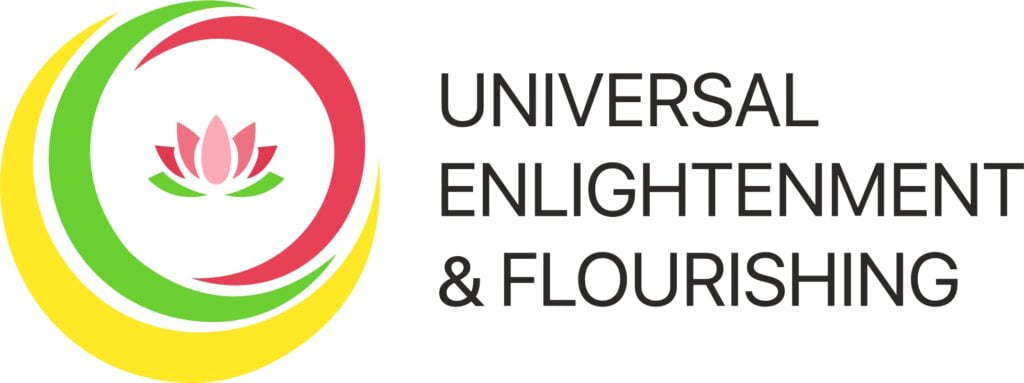In a time when global connection is just a click away, it’s surprising how many misconceptions still persist about the world’s major religions. These misunderstandings don’t emerge in a vacuum—they’re often shaped by centuries-old colonial narratives, distorted media portrayals, and political conflicts that misrepresent peaceful spiritual traditions.
Media representation has further complicated this issue, with news coverage often focusing disproportionately on extreme or sensational aspects of religious practices while overlooking the everyday lives of billions of peaceful practitioners. Political conflicts, particularly in regions where religion intersects with territorial disputes or resource competition, have also contributed to the distortion of religious beliefs in public discourse. Additionally, the human tendency toward in-group/out-group thinking can lead to oversimplified stereotypes about unfamiliar religious practices and beliefs.
The persistence of these misconceptions is often reinforced by limited personal exposure to different faiths, reliance on second-hand information, and the echo chamber effect of social media and online communities. Historical events like the Crusades, colonialism, or more recent conflicts have left lasting impressions that continue to color perceptions of various religions. Educational systems in many countries often provide only superficial coverage of world religions, leaving gaps in understanding that can be filled by stereotypes and misinformation.
Furthermore, religious beliefs and practices naturally evolve and adapt over time, but public understanding often lags behind, clinging to outdated or oversimplified versions of religious traditions. The challenge of correcting these misconceptions is complicated by the fact that religions themselves are diverse and complex, with multiple schools of thought and interpretations even within single faiths.
But I thought it is worthwhile to illustrate with a few examples to sensitise us to this issue


